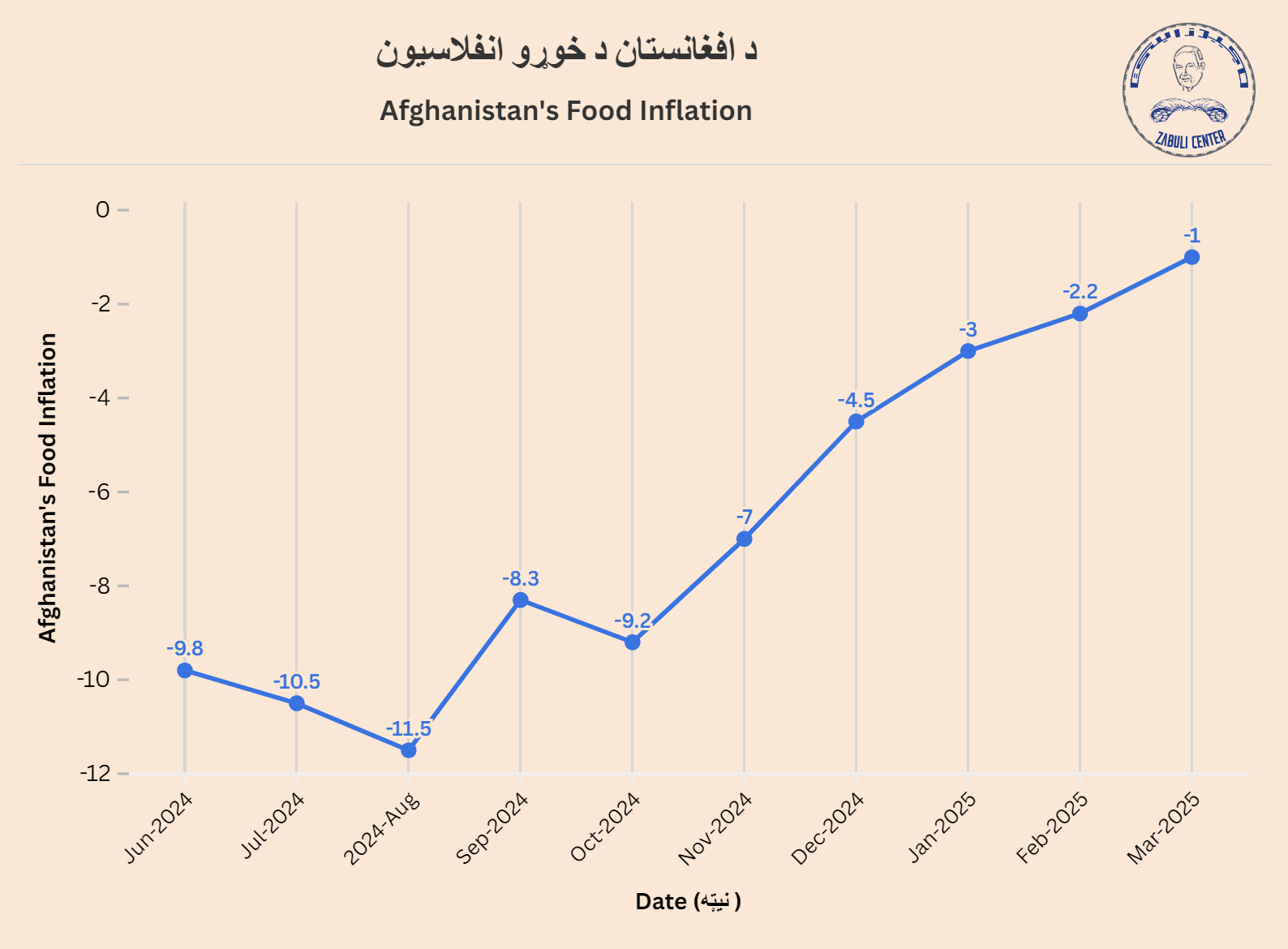11 hours ago
Most Searched Keywords
12 Jul
Food Inflation in Low-Income Countries Including Afghanistan

Food Inflation in Low-Income Countries, Including Afghanistan!
According to the World Bank’s Food Security Report for June 2025, global food prices have decreased due to better harvests and fewer export restrictions. However, this positive trend has unfortunately not reached people in low-income countries, especially in Afghanistan. The report shows that although international prices of wheat, rice, and maize are lower than last year, food prices in many poor countries remain high. Read more here...
The main reasons for the decline in global food prices are the increase in production and the relaxation of export restrictions. But in many countries across Africa and Asia, people are still struggling with high food prices. Factors like currency depreciation, high transport costs, and supply chain disruptions continue to push local food prices up, even though international prices are falling.
The report highlights that 76% of low-income countries still face food inflation above 5%. Although this figure has dropped slightly compared to previous months, in many countries, food inflation is still higher than general inflation. This means food is less affordable compared to other goods, making access to basic food items difficult for the poor.
In this context, Afghanistan is among the most concerning cases. The report states that around 12.6 million Afghans, making up 27% of the population, are facing Integrated Phase Classification (IPC) Level 3 crisis or worse in food security. Out of this, 2 million people are in IPC Level 4, which is considered an emergency level. This means that 1 out of every 4 Afghans is facing a serious food crisis. Global Food and Nutrition Security Dashboard
The main reasons behind food insecurity in Afghanistan are economic fragility, reduced humanitarian aid, and frequent natural disasters like droughts, floods, poverty, and unemployment. Some provinces, such as Badakhshan, Bamyan, Balkh, Ghor, and Daikundi, are among the most affected, with 40% of the population in Badakhshan alone experiencing crisis-level food insecurity.
Although the upcoming harvest season from May to October 2025 might bring some relief, around 9.5 million people will still require emergency assistance. Of these, 1.6 million people are in critical need. Worryingly, only 625,000 people are expected to receive help, which means many vulnerable lives remain at serious risk.
On the other hand, although Afghanistan’s food inflation appears negative—meaning prices are decreasing—this is not due to actual affordability. Instead, it's a result of economic slowdown, weakened market activity, and the cut in international aid. People's purchasing power has dropped, markets are sluggish, and aid is scarce. This has created a false picture of falling inflation while the actual conditions remain dire.
Moreover, although food prices are falling globally, low-income countries—especially Afghanistan—are still facing high prices, economic weakness, and severe food insecurity. To prevent further crisis, increased international aid is urgently needed along with investment in local industries to create job opportunities for Afghans.
Note: The graph below, prepared by the Zabuli Center, shows Afghanistan’s food inflation from June 2024 to March 2025. For more information, read this report Afghanistan Returnees Overview for more information.
